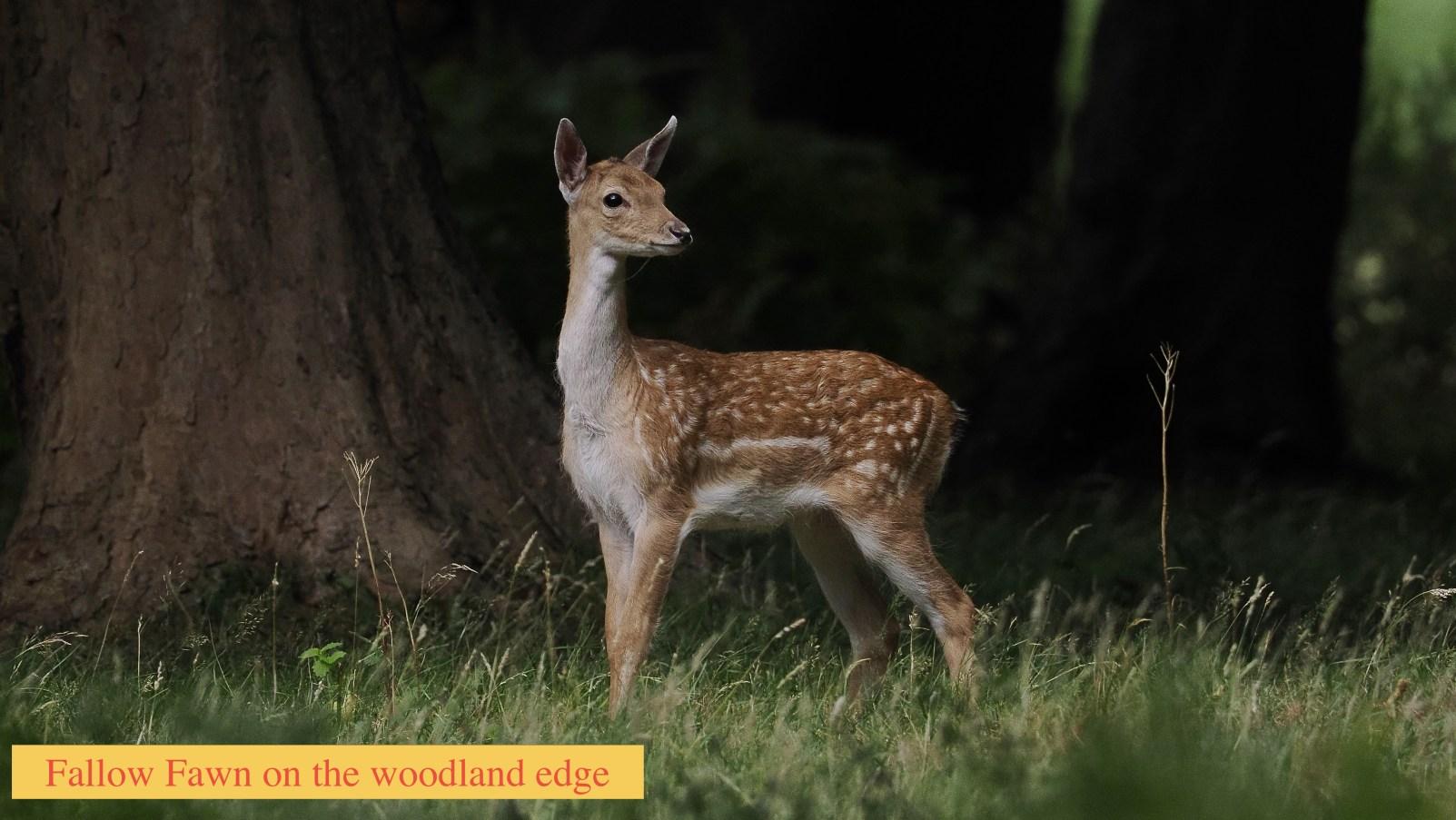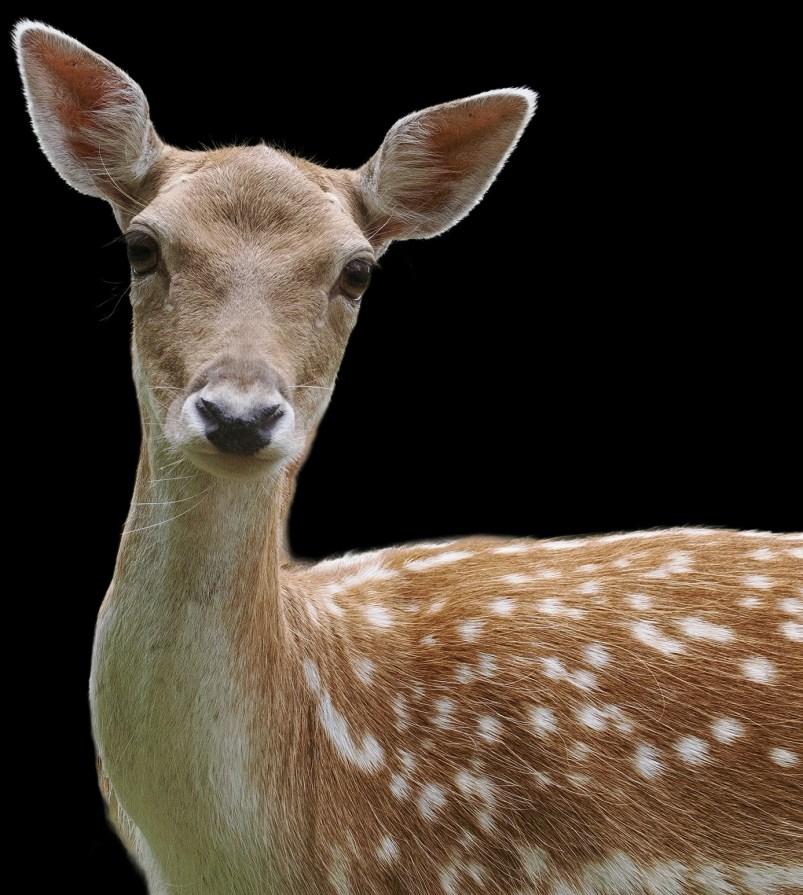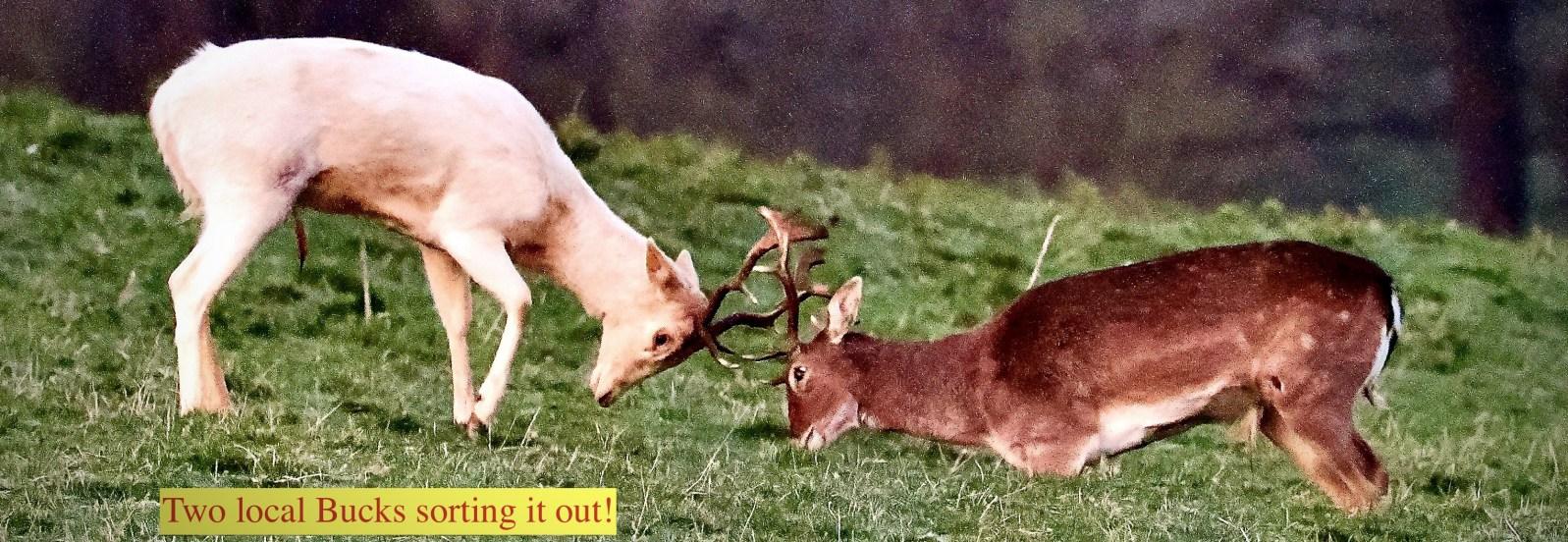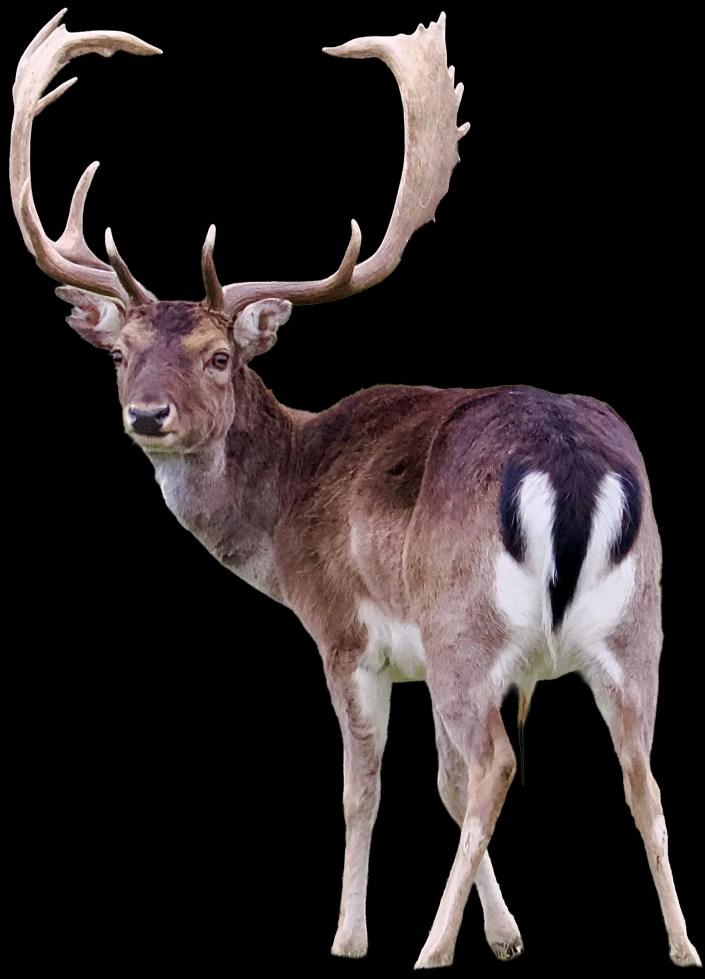
4 minute read
Nature's Corner
Fallow Deer, our ghostly neighbours.

It may well be that many people living in Dyserth and the surrounding area do not realise that we have a healthy and fairly large population of wild deer in our vicinity.
These are Fallow deer, the only species of deer you will find in our immediate area, although the other four UK species, Red, Roe, Sika and Muntjac can be found in other parts of Wales, and beyond.
There are numerous herds of Fallows within an eight mile radius of our village that are difficult to see unless an early morning or late evening chance encounter occurs. There is also a wild population locally which contains a good number of white deer and they roam a large area quite freely but tend to keep within defined boundaries. These are not true albinos as they have the normal eye colour but are simply a variant of the normal deer.
Unfortunately, there are those who would hunt and kill these beautiful creatures so precise localities cannot be given, but there is a chance of seeing them on any early morning (the earlier the better) or evening venture out into the countryside; there are areas I specifically visit to improve the chances of seeing them.
One of their many ways of avoiding a skirmish with humans is to simply run and hide, they are experts at leaping over fences and hedgerows and you can be looking at them one minute only to witness them just melt away into the undergrowth, long grass or a wooded area.
There are places quite close to us that present a better chance of a sighting, both in Flintshire and areas in North Denbighshire, and on occasions, again during the peak times, they can easily be spotted from some of the main roads around the area, normally close to woodland which is their refuge when startled, or during the day when they spend time amongst the trees. Being Herbivores, they eat vegetation such as mosses, grasses, acorns and fruit as well as tree bark, which doesn’t always go down well with landowners.

Surprisingly, Fallow deer are not native to the UK as they were introduced, probably by the Romans and more extensively by the Normans in the 11th century to provide hunting and food but have become the most common species of deer in the UK.
The name Fallow, comes from the pale colour of the adults, the male is a Buck (not a Stag) and the female a Doe. They can live between 12 and 16 years in the wild; the females give birth to a single fawn in late Spring after an 8 month gestation usually during May or June in a safe, sheltered spot in the forest or dense undergrowth.

The adults, both Buck and Doe are easily recognised by their distinctive rear end patterning, a white rump with a black horseshoe border and black tail and pale (or in some cases hide, although darker variants are about too.
The Buck will have Antlers at various stages of growth depending on age with the fully mature male having spade antlers with broad sections known as Palmate antlers.
The Fawns or young deer are adorned with pale spots on their bodies as are the females (Does) and will stay with mum for a year before joining the main herd; becoming sexually mature after about 16 months. A young deer in its second year is known as a "Pricket."
It can be quite eerie seeing the shapes moving amongst the trees in a woodland during the daytime, then taking a second look and realising that like ghosts, those shapes have mysteriously disappeared. Dave Parry.











